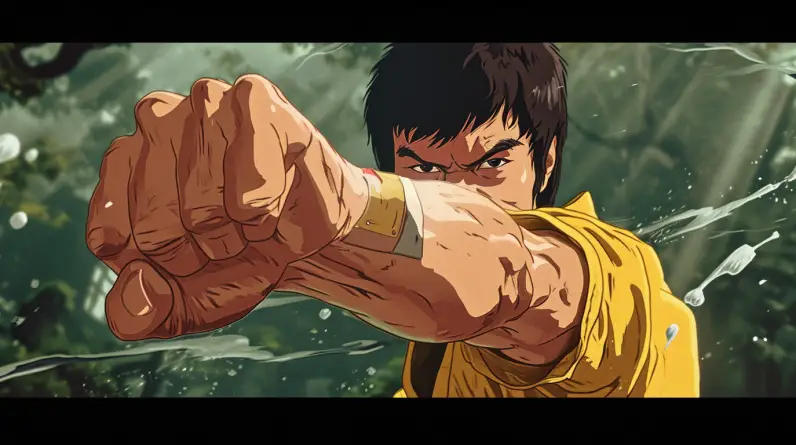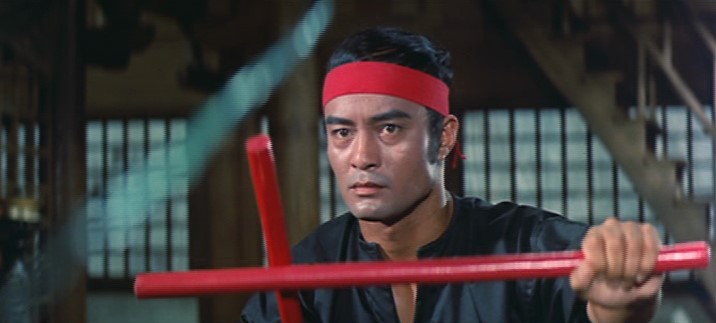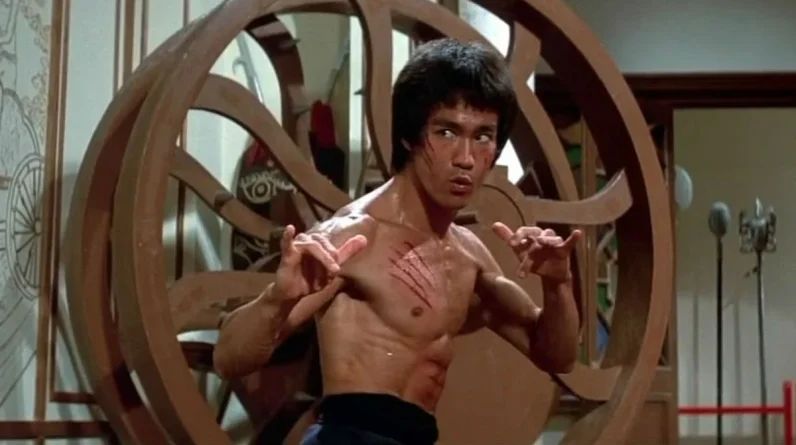
Among Bruce Lee’s most recognized additions to the martial arts world was his famous “one-inch punch”. Although an impractical technique in isolation, what this strike teaches in terms of body mechanics, the shifting of weight and explosive power can be broadly applied. The refinement of this technique as a teaching instrument is testament to Bruce’s mastery and understanding of martial arts physics. Though appearing deceptively simple, the successful execution of a one-inch punch involves a complex interplay of biomechanics and energy transfer.
How the One-Inch Punch is Performed:
At its core, the one-inch punch is a display of explosive power generated from a minimal distance. It begins with Lee standing with his right foot forward, approximately a shoulder’s width apart from the target. The magic lies in the coiling and uncoiling of his body in a synchronized manner.
- Starting Position: Lee’s elbow is bent, with his fist positioned just an inch away from the target. His legs are bent and his weight is shifted back, and slightly lower. His fist is aligned vertically (thumb on top) and his wrist is tilted away from the target.
- Coordinated Movement: As he prepares to strike, every part of his body works in concert. His legs push off the ground, generating upward force. His hips rotate, transferring this force through his torso and shifting his body weight forward. His wrist tilts down, so that the upper two knuckles of the fist strike the target, channeling all generated energy through that narror point of contact.
- Explosive Release: In a split second, his arm extends with his fist traveling only a short distance. However, it’s the speed and synchronization of the movement through the hips, legs, wrist and shoulders that multiplies the force delivered, to surprisingly devastating effect.
The Physics:
The key to understanding the one-inch punch lies in physics. Newton’s Second Law (Force = Mass x Acceleration) plays a pivotal role here. Lee’s technique maximizes acceleration in a short distance, thus increasing the force output. Additionally, the principle of kinetic energy (Energy = 1/2 Mass x Velocity^2) is at play. By accelerating his fist to a high velocity in a short time, the kinetic energy imparted upon impact is significant.
Applications in Martial Arts and Combat:
The principles underlying the one-inch punch can be applied in various aspects of martial arts:
- Explosive Power: Training to develop explosive power, akin to the one-inch punch, enhances overall striking ability.
- Body Coordination: The punch exemplifies the importance of total body coordination, including weight shifting, rotation and alignment. Each part of the body must work harmoniously to generate maximum force, whether someone is executing a straight punch, a kick, a throw, or any other technique where body mechanics can be used to multiply force.
- Efficient Energy Transfer: The technique underscores the efficiency of energy transfer. Proper alignment and movement allow martial artists to deliver powerful strikes without the need for a long wind-up.
Bruce Lee’s one-inch punch is not just a display of physical prowess but a masterclass in biomechanics and physics. It emphasizes the importance of body mechanics, coordination, and the efficient transfer of energy. These principles, when incorporated into martial arts training, can significantly enhance a practitioner’s combat effectiveness, demonstrating that sometimes, the most powerful forces come in the smallest packages.






